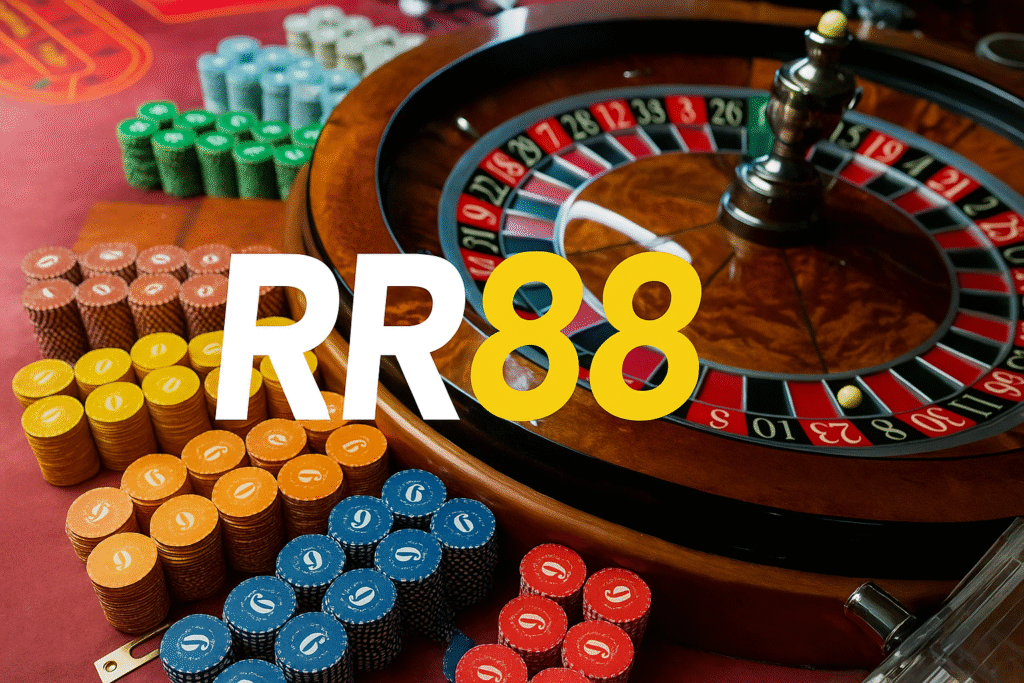
Casino games are not only a source of entertainment but also a masterclass in psychological design. Everything from colors and sounds to reward timing and interface layout is carefully engineered to keep players engaged. Online platforms like RR88 have embraced these psychological strategies to enhance user satisfaction and build a loyal player base in the highly competitive digital gambling space.
One of the most noticeable design elements in casino games is visual stimulation. Bright colors spinning reels flashing lights and celebratory animations all serve to excite the senses. These visual cues are not random — they are based on extensive research into human attention and reward systems. Bright visuals keep players engaged by mimicking the appearance of a win even when the result may be a break-even or minor loss.
Sound design plays a crucial role as well. Winning tones are often uplifting and energetic creating a sense of accomplishment even for small wins. Background music is typically designed to be subtle and rhythmic helping maintain a player’s focus without causing distraction. Slot machines in particular use sounds that mirror physical casino machines contributing to an immersive atmosphere.
Another psychological element is the concept of near-misses. This occurs when the outcome is just short of a winning combination. Although technically a loss near-misses trigger parts of the brain associated with reward processing encouraging continued play. This subtle manipulation can make players feel they are close to winning which keeps them spinning longer than they may have intended.
Game developers also use variable rewards to great effect. Instead of delivering consistent predictable outcomes they introduce randomness and varying win amounts to create a sense of excitement. This unpredictable reinforcement mimics patterns found in games of chance and has been shown to be highly addictive. The idea is that players remain engaged in anticipation of the next big win.
The use of achievements missions and level progression in casino apps further capitalizes on psychological tendencies. These gamified elements appeal to our natural desire for growth and accomplishment. Completing tasks and unlocking rewards provides satisfaction beyond monetary gain and encourages prolonged engagement.
Bonuses and free spins also tap into psychological triggers. They are often presented as gifts or surprises which activate feelings of gratitude and excitement. This perception of receiving something for free can lead to increased playtime and higher levels of user loyalty. Even the act of claiming a bonus can feel like a win in itself.
Personalization is becoming increasingly common in online casinos. Games and promotions are often tailored to individual user behavior creating a customized experience. This strategy builds a sense of familiarity and comfort which increases trust and long-term retention. When players feel that a platform understands their preferences they are more likely to stay engaged.
Time perception is another area where casino design excels. Games are engineered to keep players immersed for longer periods. Fast load times quick rounds and minimal downtime between plays reduce the likelihood of players stepping away. The goal is to maintain momentum and reduce interruptions that might break the immersive experience.
Responsible gambling measures are an important counterbalance to these psychological techniques. Reputable platforms incorporate reminders of play duration offer self-exclusion options and set customizable deposit limits. These tools allow players to enjoy the games while staying in control of their behavior.
In conclusion casino game design is as much about psychology as it is about programming. The combination of visual appeal audio stimulation and strategic reward systems creates an environment that captivates players and encourages repeated play. By understanding the underlying psychology users can enjoy games more mindfully and appreciate the craftsmanship that goes into creating each experience.